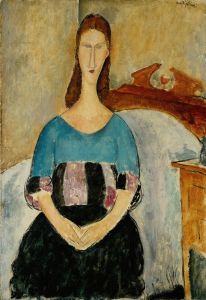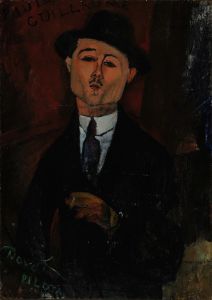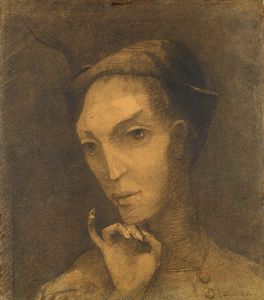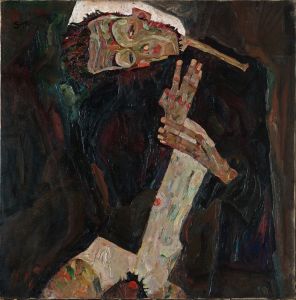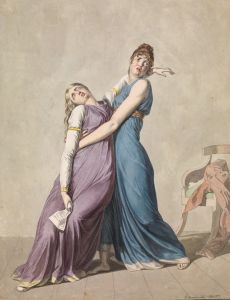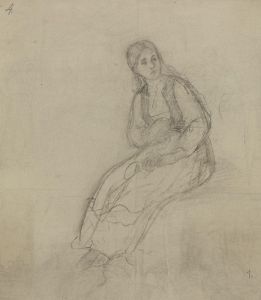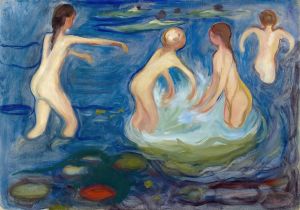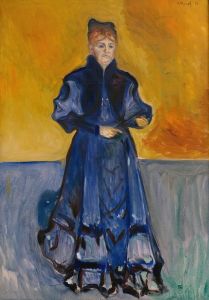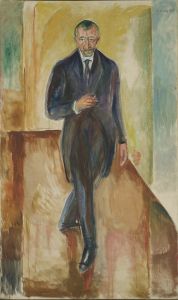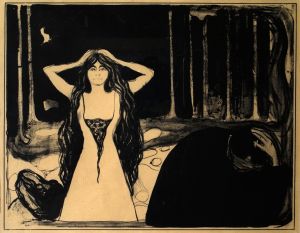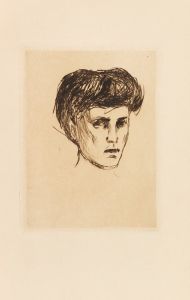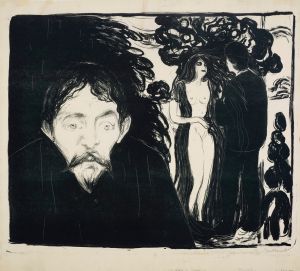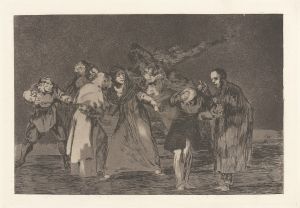
Kristiania Bohemian
A hand-painted replica of Edvard Munch’s masterpiece Kristiania Bohemian, meticulously crafted by professional artists to capture the true essence of the original. Each piece is created with museum-quality canvas and rare mineral pigments, carefully painted by experienced artists with delicate brushstrokes and rich, layered colors to perfectly recreate the texture of the original artwork. Unlike machine-printed reproductions, this hand-painted version brings the painting to life, infused with the artist’s emotions and skill in every stroke. Whether for personal collection or home decoration, it instantly elevates the artistic atmosphere of any space.
"Kristiania Bohemian" is a painting by the Norwegian artist Edvard Munch, created in 1895. The work reflects Munch's engagement with the bohemian lifestyle and intellectual circles in Kristiania (now Oslo), Norway, during the late 19th century. This period was marked by Munch's association with the Kristiania Bohemians, a group of radical thinkers, writers, and artists who challenged societal norms and advocated for individual freedom, particularly in matters of love and morality.
The painting depicts a group of individuals gathered in an interior setting, characterized by a somber and introspective atmosphere. Munch's use of muted colors and expressive brushwork conveys the emotional depth and existential concerns that were central to his art. The figures in the painting are thought to represent members of the Kristiania Bohemian circle, though their specific identities remain uncertain. The composition emphasizes the psychological tension and alienation often associated with Munch's work.
"Kristiania Bohemian" is significant within Munch's oeuvre as it captures the influence of his social and intellectual environment on his artistic development. The painting reflects themes of modernity, individuality, and the complexities of human relationships, which would become recurring motifs in Munch's later works. It also demonstrates his early experimentation with Symbolism and his departure from traditional naturalistic representation.
The painting is part of Munch's broader exploration of the human condition, aligning with his famous series "The Frieze of Life," which delves into themes of love, anxiety, and death. While "Kristiania Bohemian" is not as widely recognized as some of Munch's iconic works, such as "The Scream," it remains an important piece in understanding the artist's formative years and his connection to the cultural milieu of his time.
As of now, the painting is housed in the Munch Museum in Oslo, which holds the largest collection of Munch's works. The museum provides insight into Munch's artistic legacy and his contributions to modern art.





